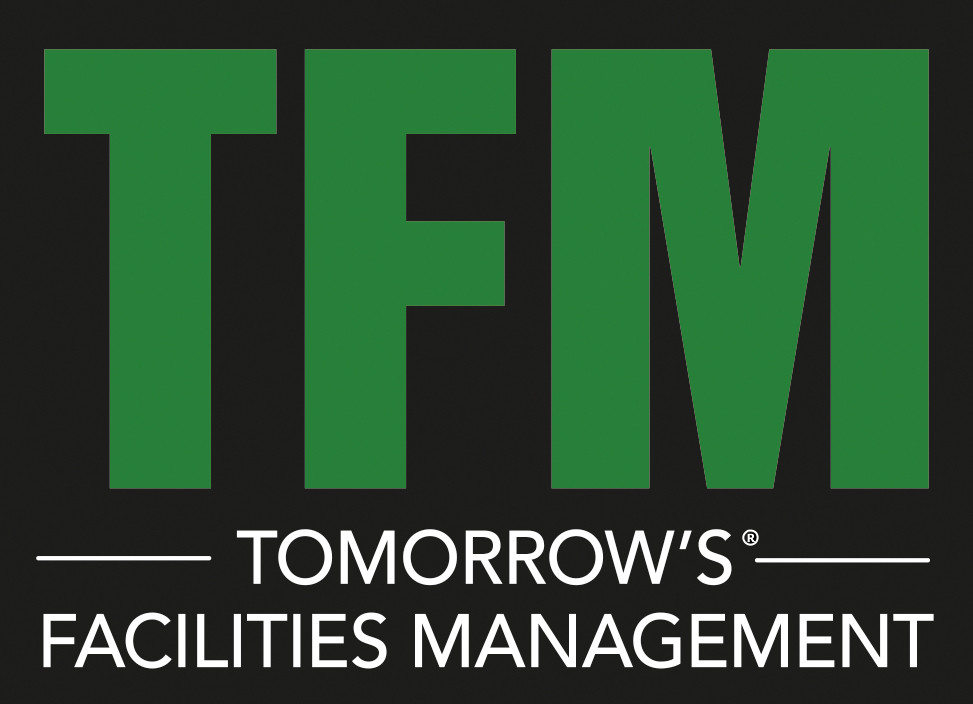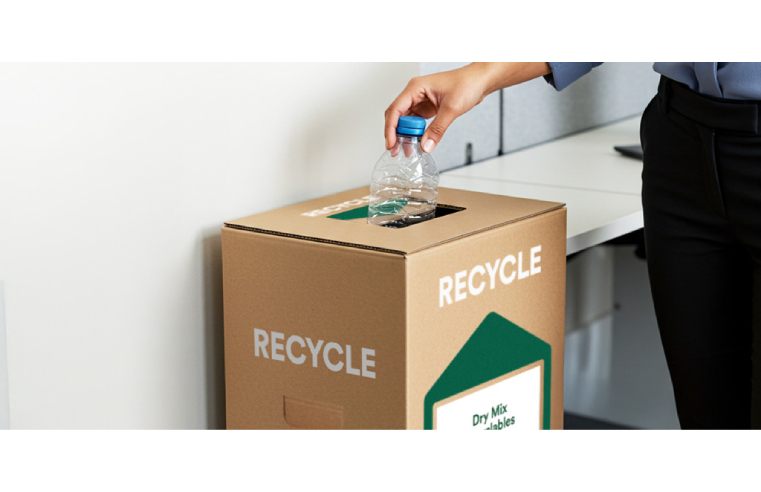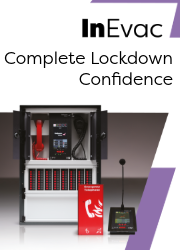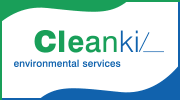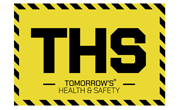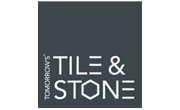Part of establishing a strong health and safety culture involves carrying out the appropriate risk assessments and implementing control measures to keep your workforce safe. By simply having a good risk assessment process in place your business can begin to demonstrate its commitment to workplace safety.
Assessing risk is part of everyday life. People frequently take risks, from crossing a busy road to driving with low petrol. Whilst some people are greater risk takers than others, what is clear is that as humans we often make calculated decisions based on the possible impact of our actions. Common sense and experience also play a part in our decisions. In some cases we don’t even think about the consequences of our actions, particularly when the risk is perceived as low.
Whilst as individuals we have a choice to determine the risks we take, when it comes to workplace safety, undertaking risk assessments is a legal requirement. Workplace risks must be assessed and managed to keep employees safe at work. Any hazard that presents ‘a reasonably foreseeable and significant risk’ must have its own risk assessment.
Risk assessments can often be seen as unnecessary paperwork, but aside from the legal reasons for completing assessments, there are compelling moral and financial reasons too. Once you have an effective, straight forward process of risk assessment in place, protecting the people and property within your business becomes part of your everyday safety culture.
The health and safety of employees, an organisation's most important asset, is often seen as complicated and time consuming. Some key statistics surrounding workplace safety, as reported by the HSE, show that 38.8m working days are lost due to work related ill-health and non-fatal workplace injuries and 1.6 million workers are suffering from work-related ill-health. It’s clear to see that the health and safety of employees needs to be taken very seriously and an organisation's commitment to it can be seen from undertaking a number of actions, including risk assessments.
“A business should look to ingrain health and safety into their everyday operations, as well as their organisational culture”, said Alex Wilkins Tech. IOSH, Head of Business Development at iHASCO.
“Workplace safety is absolutely paramount to business success, and by investing your time into understanding how to carry out risk assessments as well as effectively communicating risk control measures to employees, you will be playing a vital role in minimising staff injuries and even fatalities.”
Risk assessments are an important part of every workplace. They can include working at height, manual handling, control of hazardous substances, working with display screen equipment and more recently COVID-19. There are free risk assessment tools available to help businesses document risks in their workplace.
“Completing a risk assessment alone is not enough to effectively control the risks”, said Wilkins, whose company has delivered over 75,000 sessions of their popular online risk assessment training.
“A business must implement the identified control measures to mitigate these risks. But even before that an organisation must have a comprehensive understanding of what risk assessments are, along with how and when you should complete and review them as, they are essential to the safety of workplaces for everyone.”
For this reason it makes good business sense to undertake risk assessment training. Whilst common knowledge and an understanding of the workplace environment is also helpful when completing a risk assessment, training helps identify how to go about creating a structured risk assessment and what it should include. No business is the same, so it is vitally important that someone in an organisation is responsible for health and safety, who can identify relevant risks and practical control measures for each individual situation.
iHASCO, a workplace eLearning specialist, has re-launched its risk assessment training course. The updated version includes new visual updates but you can expect the same quality content to help you understand the risk assessment process for your organisation, all in a succinct 35 minutes. Online training is not only inexpensive but time efficient. Given that many workplace accidents could have been avoided, spending some time carefully creating and reviewing risk assessments, and implementing your control measures, is an essential part of good health and safety practices.



